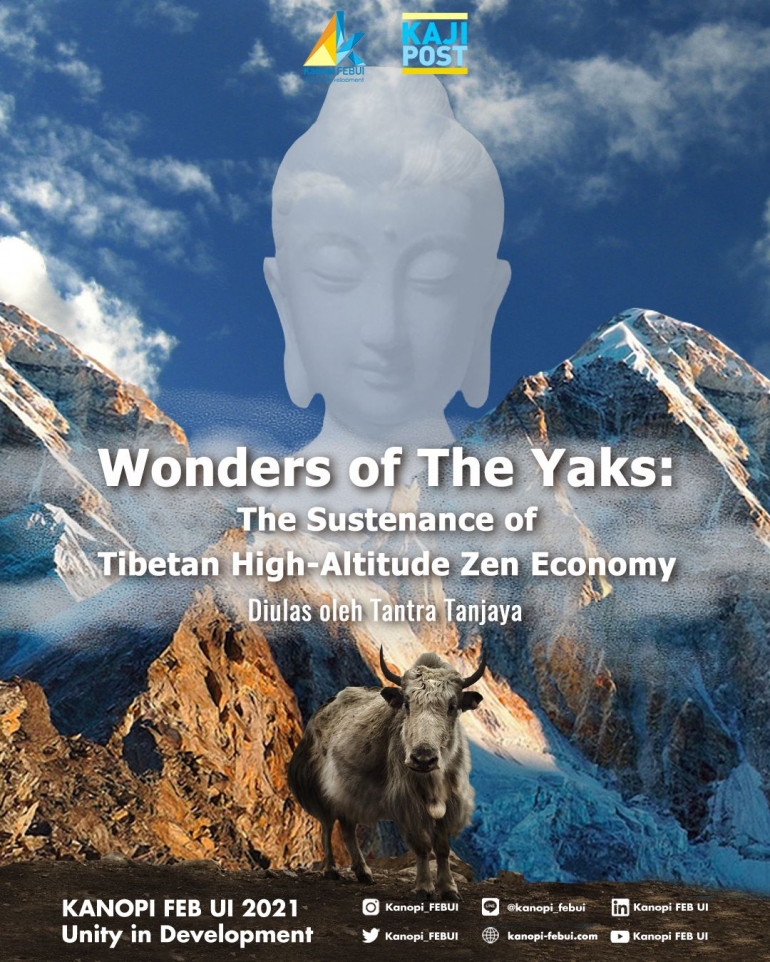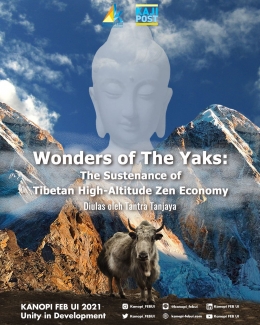Fast forward to the 1960s, the same adjustment also happened when the manufacturing sector started to experience automation. It resulted in millions of unemployed workers entering low-income service work. On the other hand, today, we face a new and bigger problem. As automation swiftly advances in most low-income service jobs, workers bear most of the consequences as their jobs would be eliminated. It will create swathes of workers that don't exactly fit in the incoming economic structure, nor do they have the skills necessary to seek other alternatives.
Such rapid automation leads to a new unemployment problem because the possibility for these low-skilled workers to move up to high-income jobs is zero to none. This unprecedented structure doesn't even provide other industries for these workers to enter. Therefore, with more people and entities recognizing the problem we face today, they present a counter-argument in which they advocate the deliberate and measured effort to decelerate the growth rate of the world's economy (Club of Rome, 1968).
They further argue that this approach, which was dubbed degrowth, would lead to a better society in terms of well-being, environmental quality, and strong community values. Degrowth emphasizes the need to reduce global consumption and production activity in the name of advocating a sustainable society, even if it comes at the cost of GDP growth.
By focusing on the environmental and sociological impact of development, this approach tries to argue that economic development can not be measured in absolute terms. They further strengthened the argument by citing the declining quality of environment and lower quality of life on Earth as a sign that economic growth doesn't reflect the standard of living. The concept of degrowth is also accompanied by other initiatives like Buddhist economics, anti-consumerism, and the 'downshifting' trend. Regardless of that, critics call the approach a flawed one. The argument fell short in addressing the limits of limiting growth rate itself.
Some might argue that there are still a lot of countries in need of a higher, not lower rate of economic growth to properly develop themselves. But, here's the catch - the Tibetan model provides a better insight into which policymakers might try to implement the concept of degrowth constructively. While most of the consumption activities in most economies are recorded in the calculations of Gross Domestic Product, the consumption process in the Tibetan economy is viewed as a part of the informal economy. It is partly due to the fact that most of their consumption-related activities are linked to their livestock, in the form of yaks. While the activity of cultivating the yak is not calculated as part of Tibet's GDP, it provides the daily staples and other needs for the daily survival of Tibetan people.
Moreover, the self-sustaining way of life displayed in the Tibetan model doesn't necessarily mean the people can't prosper. In fact, by living such lives, they become tourist attractions. Furthermore, their cultural values strengthened their status not just as a self-sustaining economy, but arguably as a successful example for the transition process into the high-value service industry. By implementing a dual strategy of using yaks for both daily sustenance and tourist attractions (such as yak racing and rituals), Tibetans developed a stronger and more cohesive community, all while their purchasing power increases year by year as part of the tourism initiative.
In conclusion, it's impossible for most countries to recreate the Tibetan degrowth model on a large scale. Yet, nonetheless, it is a way to reimagine an alternative to a purely market-based economy. Instead of focusing on growth and numbers alone, it appeals to the more humane side of people by preserving their culture and improving their economic condition by utilizing community-based solutions, even if that comes in the form of an animal called yak. Surely, Thpa Gali would have been proud to know the way of life he established still exists until today. Without any doubt, it is truly a peaceful Zen Economy.
References:
1. Wu, N. (1997). Ecological Situation of High-frigid Rangeland and Its Sustainability - A Case Study on the Constraints and Approaches in Pastoral Western Sichuan. Dietrich Reimer Verlag, Berlin.
2. Linziduojie, L. (1996). Environment and development of the Qinghai-Tibetan Plateau. Beijing, China Tibetology Publishing House.
3. Brittanica.com: Tibet









